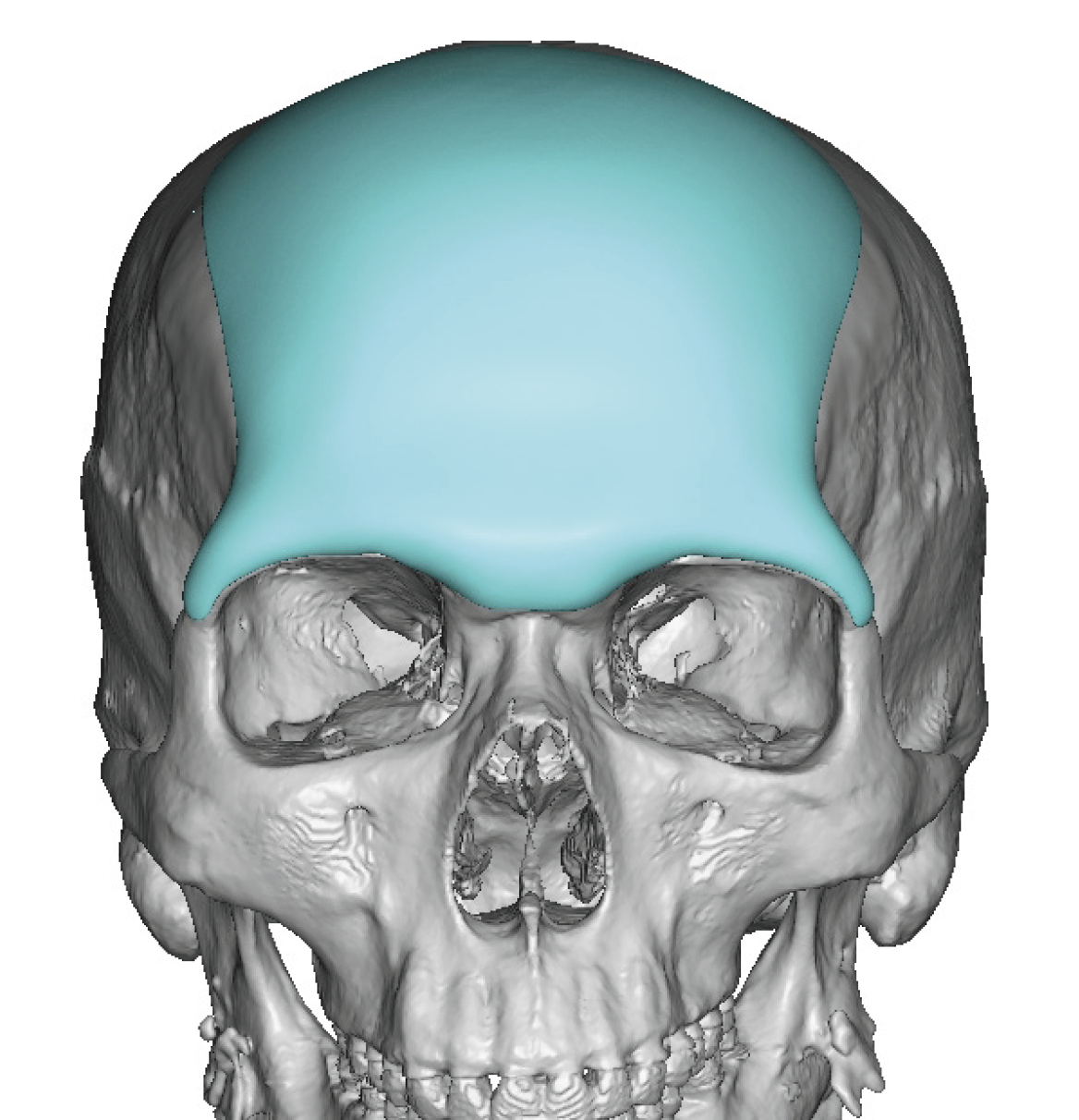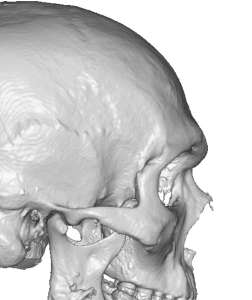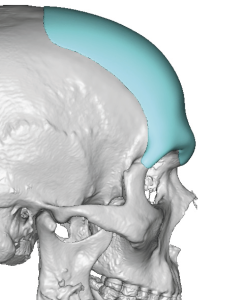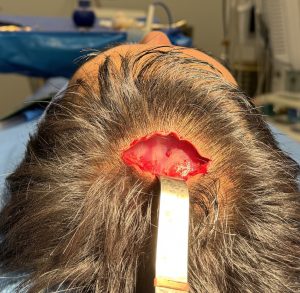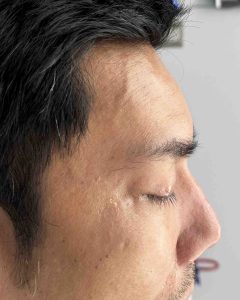Background: All three facial thirds can be aesthetically augmented with implants. But there are major differences between the upper third of the face than the lower two-thirds. By history, availability of off-the-shelf implants and clinical experience augmentation of the lower 2/3s of the face is well known with chin, cheek, jaw angle, paranasal, premaxillary, and tear trough implants. Only recently have off-the shelf limited forehead implants become available. But such forehead implants do not include the brow bone area. Thus standard forehead implants are most applicable to women and not men.
As a result only a custom forehead-brow bone implant design can address most male objectives for upper facial augmentation. But such implants have unique design considerations the first of which is the large surface area of bone coverage. The size of the implant is the largest of all facial implants, standard or custom. But what makes its design challenging is that its thicknesses are not uniform and they vary from one part of the implant to the other. There is also the need to have a brow bone shape that is uniquely different from the forehead above it. In some forehead-brow bone implants one or the other requires a greater augmentation effect.
Besides the designn there is also the need to place this large upper facial implant without a large scalp car to do it. Like its design this is a learned skill made possible by the flexibility of the implant material.
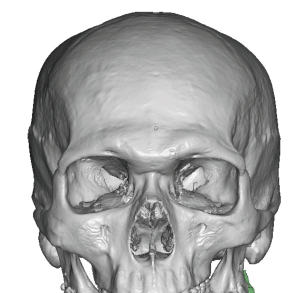
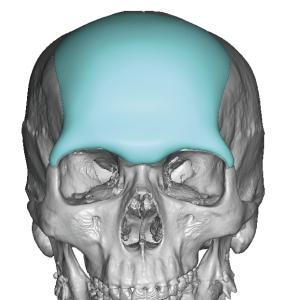

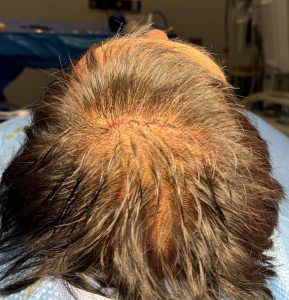
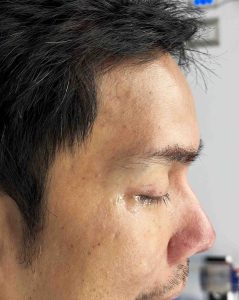
Forehead augmentation of any form is the least performed facial augmentation procedure. It is the one facial area in which only a custom implant approach offers the most successful outcome. The upper the of the face is more similar to the skull in contour and shape than the face and is, in fact, one of the five surfaces of the skull. But unlike skull implant designs the forehead that incorporates the brow bones requires some unique design topography. While both the brow bones and forehead are being augmented they rarely are equally so. How prominent the brow bones are initially and the slope of the forehead in profile all factor into their design dimensions. In this patient it is evident that the backward slope of his forehead was greater than lack of brow bone development. Thus the thickness of the forehead (7mms) exceeded the amount of brow bone augmentation. (3mms)
Key Points:
1) Male forehead augmentation often involves the brow bones as well with a desire for a lowered eyebrow position.
2) In designing a custom upper third of the face implant consideration has to be given to the augmentation relationship between the brow bones and the forehead.
3) Proper placement of a custom forehead-brow bone implant is determined by the tail of the brow bone and lateral orbital rim wings.
Dr. Barry Eppley
World-Renowned Plastic Surgeon

